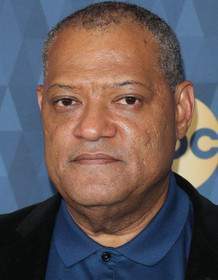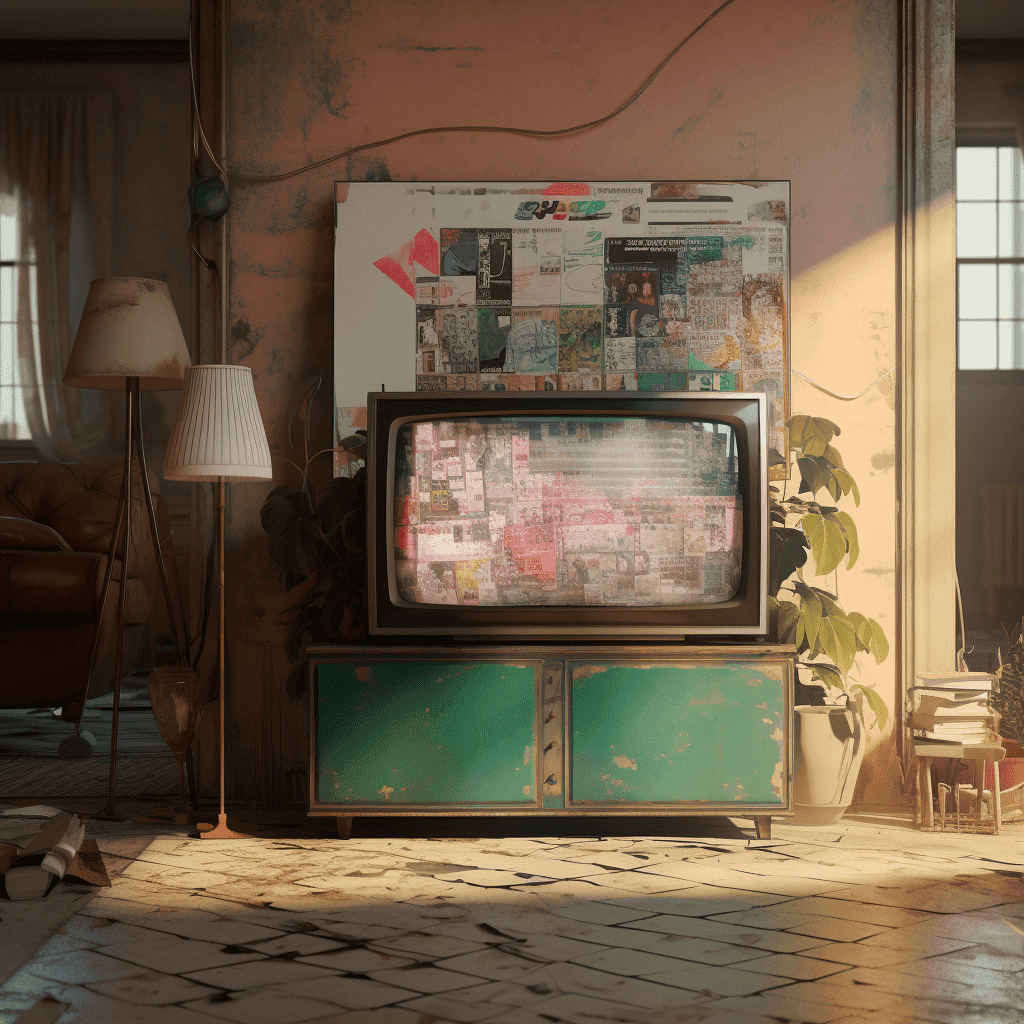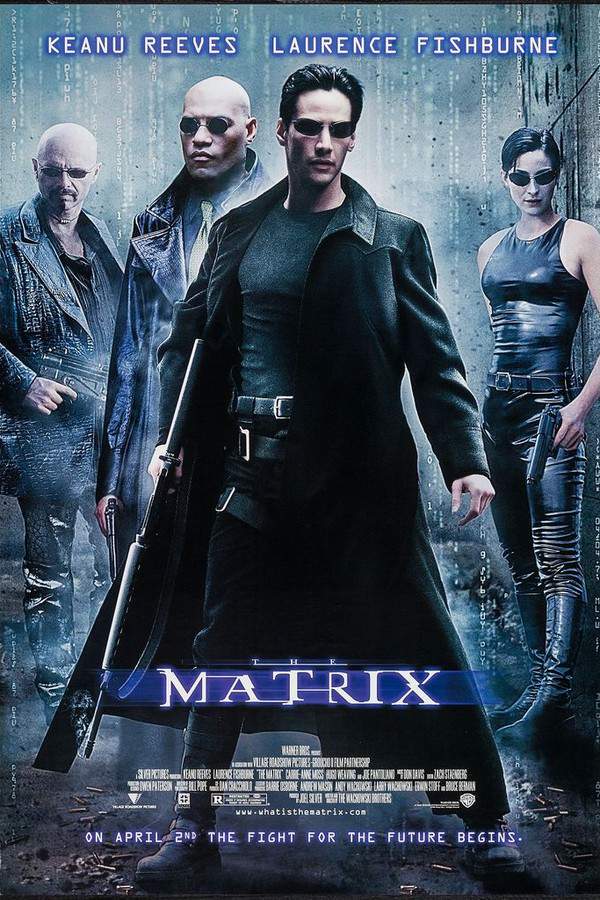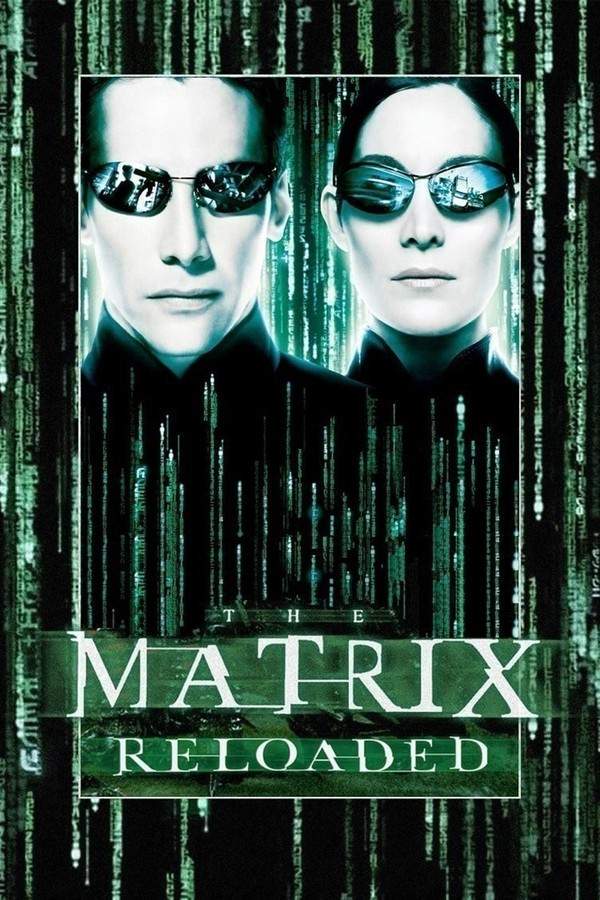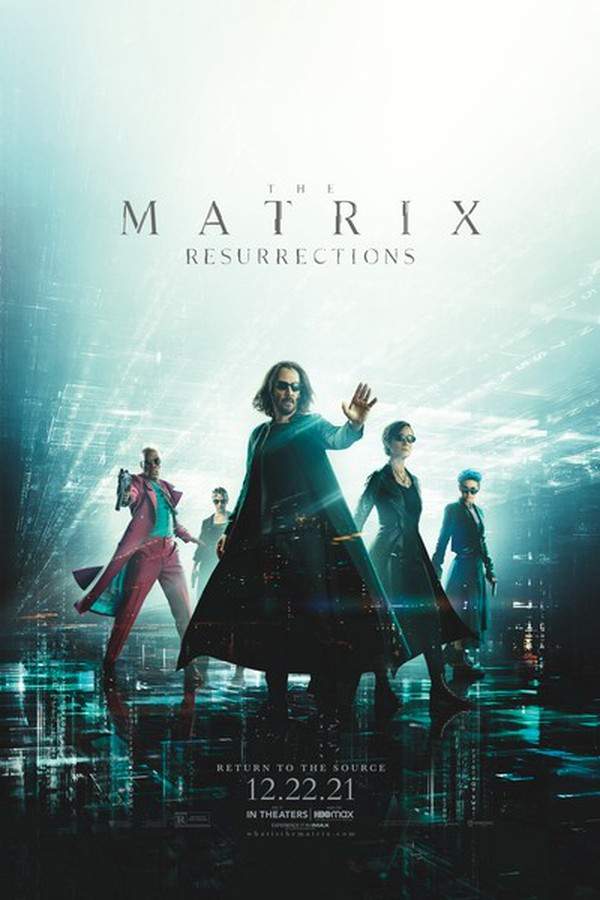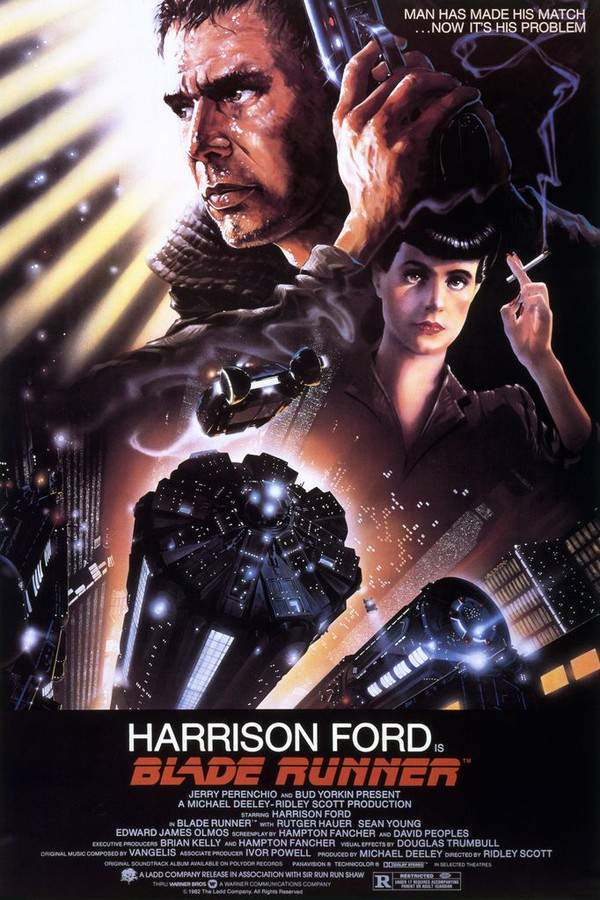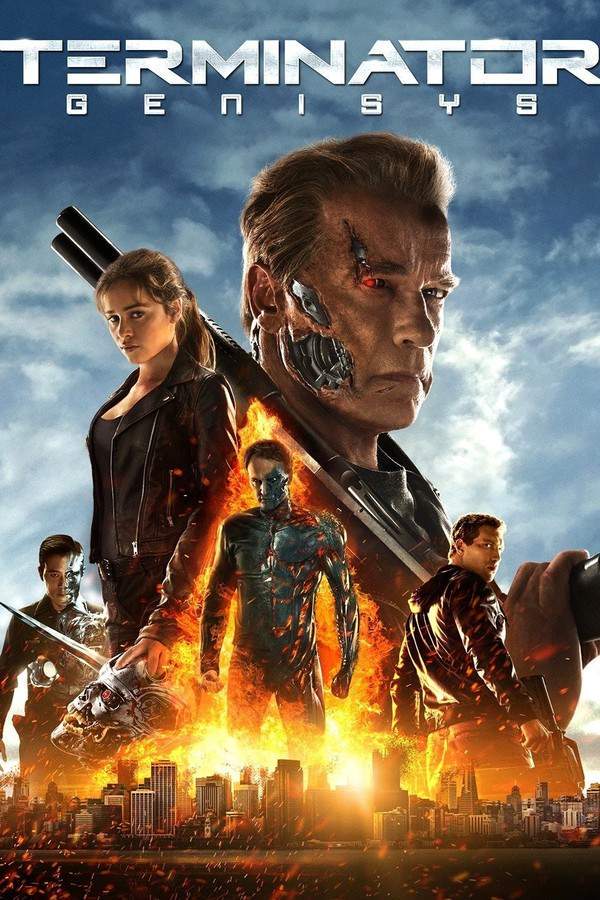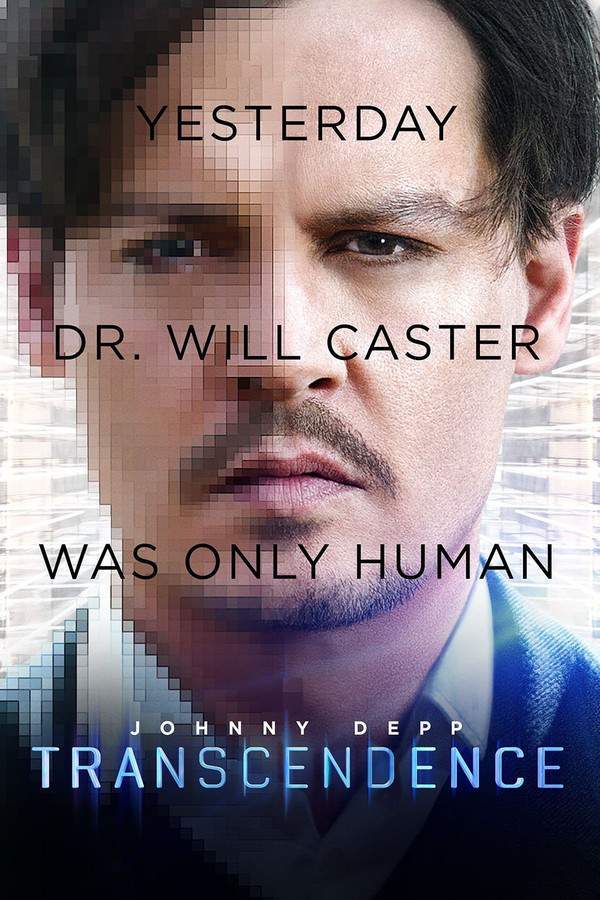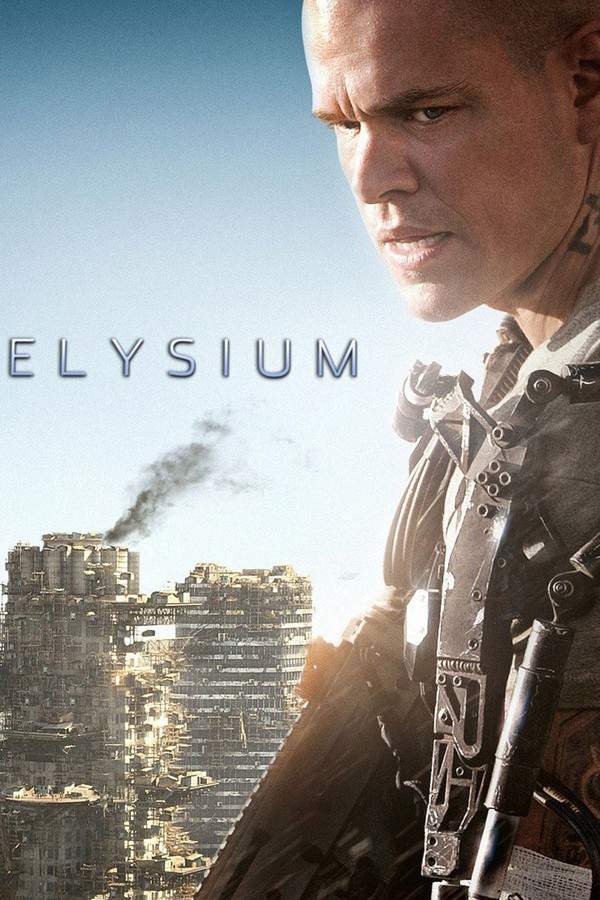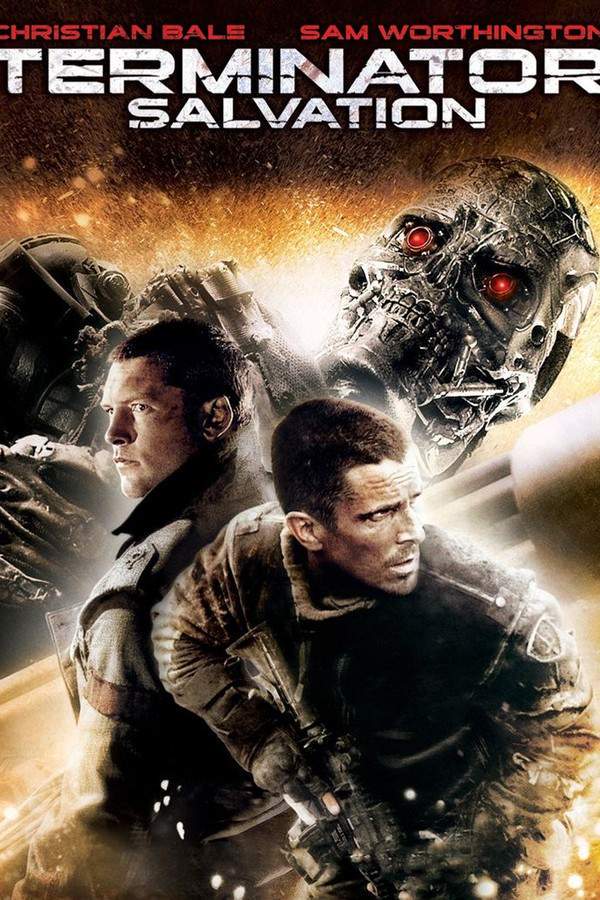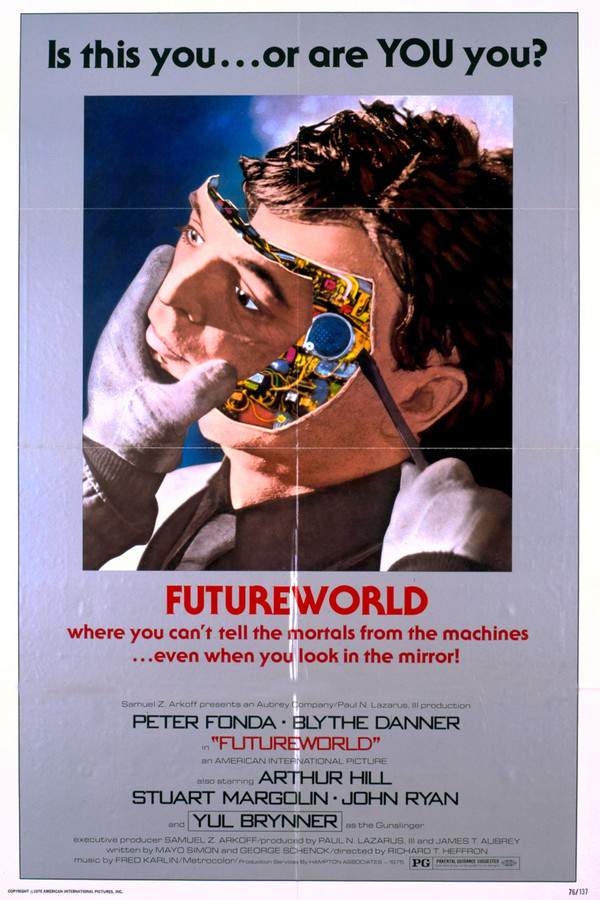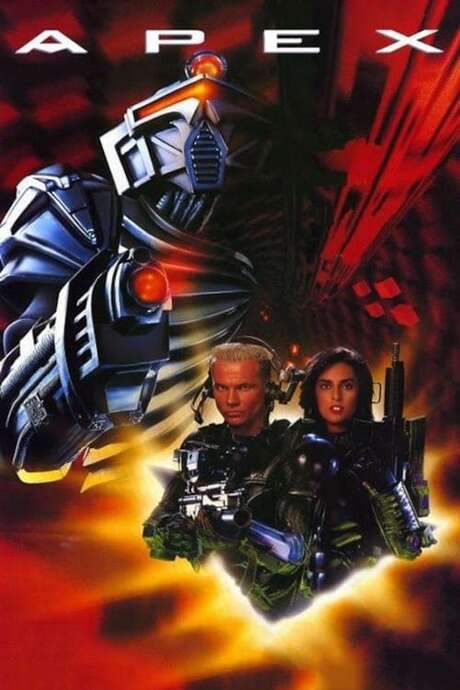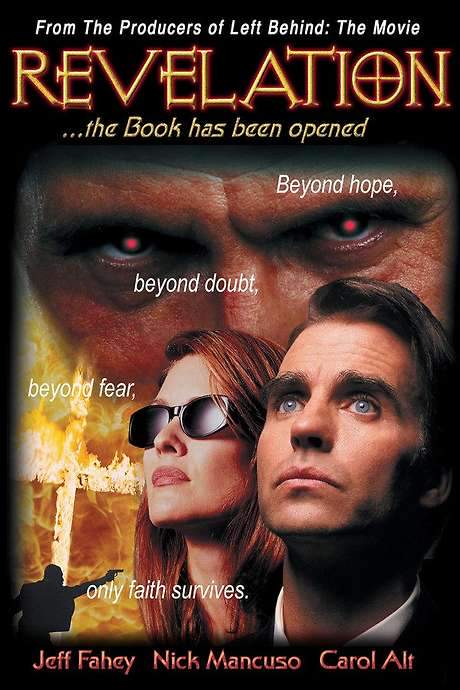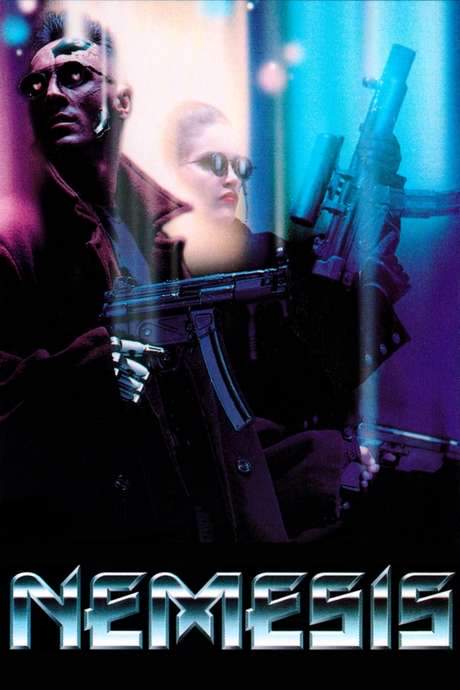The Matrix Revolutions 2003
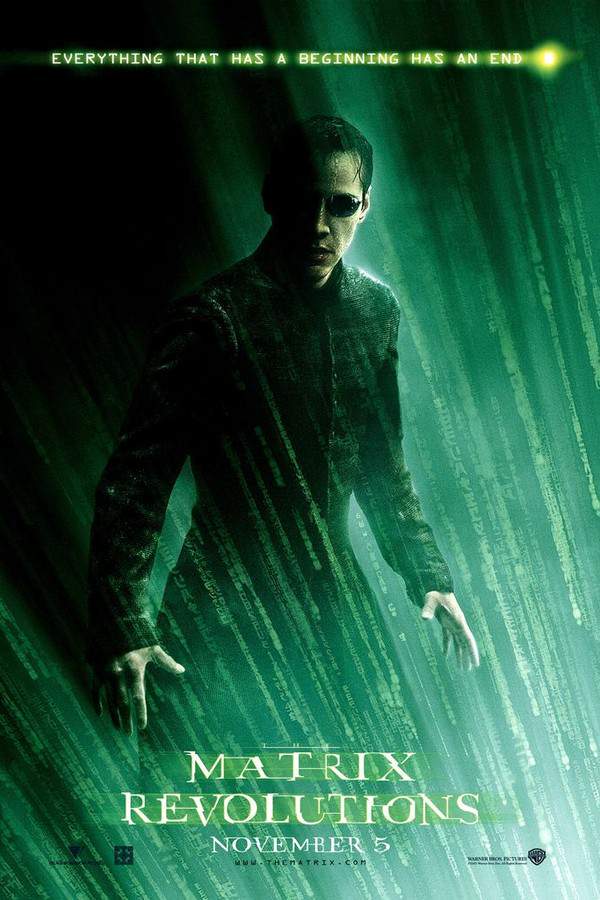
In a devastated future, Neo faces a desperate battle as humanity's last hope. The world hangs in the balance as machines dominate, with most humans trapped within a simulated reality. A small group struggles to survive against the overwhelming force of the machines. Their fight takes a dangerous turn when Agent Smith, a powerful and relentless AI, takes on a physical form, threatening to destroy everything.
Does The Matrix Revolutions have end credit scenes?
No!
The Matrix Revolutions does not have end credit scenes. You can leave when the credits roll.
Meet the Full Cast and Actors of The Matrix Revolutions
Explore the complete cast of The Matrix Revolutions, including both lead and supporting actors. Learn who plays each character, discover their past roles and achievements, and find out what makes this ensemble cast stand out in the world of film and television.
External Links and Streaming Options
Discover where to watch The Matrix Revolutions online, including streaming platforms, rental options, and official sources. Compare reviews, ratings, and in-depth movie information across sites like IMDb, TMDb, Wikipedia or Rotten Tomatoes.
Ratings and Reviews for The Matrix Revolutions
See how The Matrix Revolutions is rated across major platforms like IMDb, Metacritic, and TMDb. Compare audience scores and critic reviews to understand where The Matrix Revolutions stands among top-rated movies in its genre.

47
Metascore
6.5
User Score


%
TOMATOMETER

0%
User Score

6.7 /10
IMDb Rating

67
%
User Score
Take the Ultimate The Matrix Revolutions Movie Quiz
Challenge your knowledge of The Matrix Revolutions with this fun and interactive movie quiz. Test yourself on key plot points, iconic characters, hidden details, and memorable moments to see how well you really know the film.
The Matrix Revolutions Quiz: Test your knowledge on the thrilling conclusion of the Matrix trilogy with this quiz based on The Matrix Revolutions.
What is the name of the station where Neo finds himself trapped?
Mobil Avenue
Zion
Machine City
Club Hel
Show hint
Full Plot Summary and Ending Explained for The Matrix Revolutions
Read the complete plot summary of The Matrix Revolutions, including all major events, twists, and the full ending explained in detail. Explore key characters, themes, hidden meanings, and everything you need to understand the story from beginning to end.
Bane/Smith and Neo find themselves in a state of unconsciousness, yet their circumstances couldn’t be more different. While Bane is merely asleep, Neo’s neural patterns resemble those of individuals connected to the Matrix. Amidst the despair following the destruction of the Nebuchadnezzar and the revelation regarding the Prophecy at the conclusion of the previous film, Morpheus (Laurence Fishburne) embarks on a quest to locate Neo within the Matrix, despite Neo not being connected. In actuality, Neo is ensnared in a limbo known as Mobil Avenue, a subway station serving as a transition zone between the Matrix and the Source, the central hub of the Machines.
Within this station, Neo encounters a peculiar ‘family’ of programs. The young girl, Sati, confides in him that her father believes Neo doesn’t belong in this realm. Her father explains that Mobil Avenue is governed by a program called The Trainman, who is an exile fully devoted to the Merovingian. As Neo attempts to board a train with Sati’s family, The Trainman obstructs him, asserting his authority by stating, “I make the rules down here.”
Meanwhile, Seraph reaches out to Morpheus and Trinity on behalf of the Oracle, who is now in a new “shell.” She discloses Neo’s precarious situation in Mobil Avenue. Determined to rescue him, Morpheus, Trinity, and Seraph chase after The Trainman, but he escapes. Their last recourse is to venture into the chaos of Club Hel to confront the Merovingian for Neo’s freedom. They engage in a fierce battle through the club, battling guards who defy gravity. Armed with two guns each, they force their way past the guards and access the elevator, determined to reach The Merovingian.
Upon entering the grand dance hall, the Merovingian, with a mix of disdain and respect, instructs them to relinquish their weapons for an audience. Demanding “the eyes of the Oracle” in exchange for Neo, tensions reach a boiling point when Trinity triggers a Mexican standoff, compelling the Merovingian to concede and release Neo.
In Mobil Ave, Neo’s attempts to escape lead him back into the station. Later, Trinity arrives to free him. Guided by troubling visions of the Machine City, Neo seeks an audience with the Oracle one last time. She reveals that as the One, his connection to the Source has granted him all his extraordinary abilities within and outside of the Matrix. She warns Neo of Smith, characterizing him as his “exact opposite” and emphasizing that Smith now poses a monumental threat not just to the Matrix but to the Source and Machine City itself. The Oracle ominously states, “The war is about to end… one way or another.”
After Neo’s departure, a surge of Smith clones erupts at the Oracle’s location. The original Smith confronts Seraph and Sati, assimilating the Oracle and acquiring her foresight, illustrating the escalating danger looming over the Matrix.
In the real world, the surviving crews, including the Nebuchadnezzar and Mjolnir (also known as “the Hammer”), locate Niobe’s inactive ship, the Logos, and wake Bane, who feigns amnesia regarding prior events. Neo determines that he needs a ship to head to the Machine City, despite lacking clarification on his motives. While Roland, captain of the Mjolnir, denies him this request, Niobe, influenced by the Oracle’s counsel from the game Enter The Matrix, ultimately allows Neo to commandeer the Logos, much to Roland’s bewilderment. As a show of solidarity, Trinity opts to accompany him.
The two crews strategize to navigate Zion while evading the Sentinel army, with the Mjolnir initially piloted by Niobe venturing through treacherous service tunnels. Along their journey, they soon discover that Bane has hidden aboard the Logos, having already committed murder aboard the Mjolnir. Without a chance to inform Trinity and Neo, Bane ambushes Trinity, taking her hostage. During their confrontation, Bane uncovers himself as a manifestation of Smith. Despite Neo becoming blinded in the fray, he perceives Smith’s essence within Bane, leading him to defeat Bane and free Trinity.
Flying the Logos towards the Machine City, Neo and Trinity witness sprawling harvesting fields filled with humans producing energy for the city. They soon encounter resistance from the city’s defenses, but with Neo’s extraordinary powers, he annihilates incoming threats. However, the relentless Sentinels overpower them, forcing the ship into a tempest. In a moment of fleeting beauty, Trinity glimpses the sunlight above the clouds before the ship crashes, fatally wounding her.
In a climactic resolution, Neo reaches the Machine City and negotiates with the machines, embodied by the Deus Ex Machina. He warns them of Smith’s growing power, asserting that he will halt Smith’s onslaught if they agree to a ceasefire with Zion. Both parties, recognizing the necessity of collaboration, proceed to confront Smith within the Matrix. Engaging in an epic showdown filled with breathtaking battles across the city, Neo and Smith unravel each other until the intensity reaches a pivotal climax.
As Neo rallies against the odds, he cleverly baits Smith into assimilating him, leading to unexpected consequences. His inner struggle culminates in a battle of wills, where the light of Neo’s essence begins to obliterate Smith’s clones from within, restoring balance as the Oracle regains her powers. With human lives saved, Neo sacrifices himself, courageously unplugged from the Matrix, symbolizing a newfound hope and the potential for peace between humans and machines.
In the final moments of the film, the Architect converses with the Oracle, discussing the future of humanity in the Matrix. As the dawn breaks in this reimagined world, a vibrant landscape flourishes, signaling a transformed reality that stands bereft of the oppressive green tint, suggesting a peaceful coexistence on the horizon.
Uncover the Details: Timeline, Characters, Themes, and Beyond!

Coming soon on iOS and Android
The Plot Explained Mobile App
From blockbusters to hidden gems — dive into movie stories anytime, anywhere. Save your favorites, discover plots faster, and never miss a twist again.
Sign up to be the first to know when we launch. Your email stays private — always.
Watch Trailers, Clips & Behind-the-Scenes for The Matrix Revolutions
Watch official trailers, exclusive clips, cast interviews, and behind-the-scenes footage from The Matrix Revolutions. Dive deeper into the making of the film, its standout moments, and key production insights.
The Matrix Revolutions Themes and Keywords
Discover the central themes, ideas, and keywords that define the movie’s story, tone, and message. Analyze the film’s deeper meanings, genre influences, and recurring concepts.
The Matrix Revolutions Other Names and Titles
Explore the various alternative titles, translations, and other names used for The Matrix Revolutions across different regions and languages. Understand how the film is marketed and recognized worldwide.
Articles, Reviews & Explainers About The Matrix Revolutions
Stay updated on The Matrix Revolutions with in-depth articles, critical reviews, and ending explainers. Explore hidden meanings, major themes, and expert insights into the film’s story and impact.
Similar Movies To The Matrix Revolutions You Should Know About
Browse a curated list of movies similar in genre, tone, characters, or story structure. Discover new titles like the one you're watching, perfect for fans of related plots, vibes, or cinematic styles.
Quick Links: Summary, Cast, Ratings, More

What's After the Movie?
Not sure whether to stay after the credits? Find out!
Explore Our Movie Platform
New Movie Releases (2025)
Famous Movie Actors
Top Film Production Studios
Movie Plot Summaries & Endings
Major Movie Awards & Winners
Best Concert Films & Music Documentaries
Movie Collections and Curated Lists
© 2025 What's After the Movie. All rights reserved.




